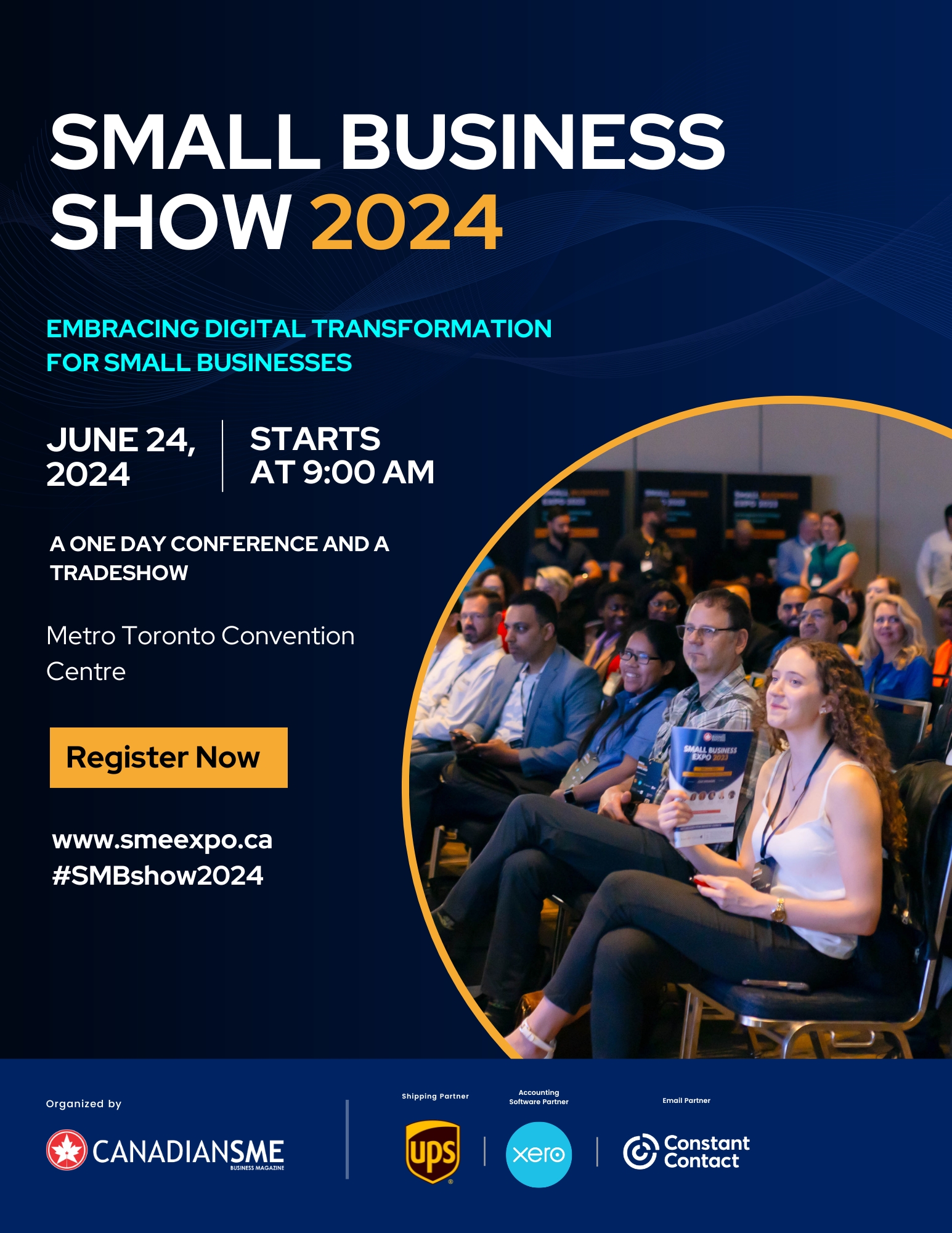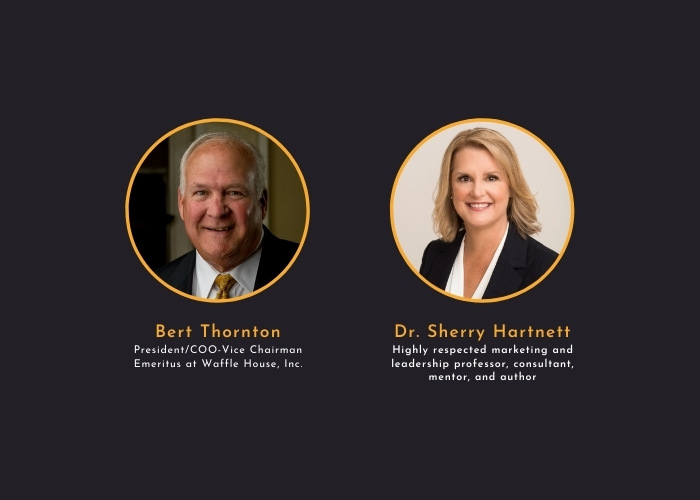Insights from Bert Thornton and Dr. Sherry Hartnett, authors of
High-Impact Mentoring: A Practical Guide to Creating Value in Other People’s Lives (BookLogix, 2021, ISBN: 978-1-6653-0344-6, $19.
Connecting experienced leaders with emerging talent in your organization is one of the best ways to attract, retain, and develop high performers (especially in the midst of the current talent shortage). Bert Thornton and Dr. Sherry Hartnett, the authors of High-Impact Mentoring: A Practical Guide to Creating Value in Other People’s Lives, offer some insights about mentoring you’ll need to know as you move forward:
Mentoring isn’t for everyone (so don’t make it compulsory). In addition to having knowledge and experience in their field, good mentors must want to invest plenty of time and energy into their relationships with mentees. (Not everyone has this desire or availability!) Keep in mind that effective mentors also possess qualities like tactfulness, empathy, patience, a service-oriented mindset, and the ability to be a good listener.
Mentors gain as much from the relationship as mentees. While mentors tend to be seen as the “givers” of knowledge, seasoned mentors say they learn as much as they teach—through introspection, seeking out cutting-edge information to share, and from mentees themselves. They are pushed to always do, act, and achieve their best because they know the mentee is watching.
“Mentoring relationships often last a lifetime,” says Thornton. “They transcend business and can be incredibly rewarding on a personal level.”
A good mentor develops the whole person, not just the employee. In fact, Thornton evaluates and coaches mentees on the “Eight Great Social Tells”: attitude, energy, appearance, command of the language, engagement, conversational bearing, demeanor, and body language.
“Mentees need to give others a positive impression in all eight of these areas to be successful,” notes Thornton. “Often, one or more of these social characteristics needs to be shored up and is an obvious place to start the mentoring process.”
Good mentors never stop learning. They “know what they don’t know” and see their own education and personal development as works in progress. They consistently consume an impactful list of books, articles, podcasts, websites, videos, etc. (Also, this reading and listening list is indispensable when offering self-development advice to mentees! See next tip.)
Mentees can’t be passive. Thornton tells new mentees, “You can’t expect others to invest time in your development if you aren’t willing to do so yourself.” He first asks them to create a self-development plan that includes a candid look at their strengths/weaknesses; a solid plan for self-improvement (including a reading list, educational classes, skill development, etc.); and a “personal reality check” on what they need, want, and hope to avoid in the future.
“Jumping in” doesn’t work. A mentor’s first task is not to begin handing out advice and dispensing wisdom, but to get to know the mentee. This means taking time to learn about their talents, weak points, goals, background, personality, and more. Properly sizing up mentees ensures that 1) mentor and mentee are a good fit, 2) the mentor understands the mentee’s motivation, and 3) the mentor is equipped to meet the mentee’s needs.
A “learn list” can help keep mentees on track. Good mentors don’t take a “one-day-at-a-time” approach; they begin where the need is and intentionally expand from there. Thornton suggests mentors develop a “Learn List” detailing what mentees need to learn immediately, in the next month, and within the next 12 months. This may encompass deportment and projection, education, inspiration, motivation, technical knowledge, and contacts/networking.
A mentor doesn’t always need to have seniority. “Reverse mentoring” is a growing trend—for good reason. Asking a junior person to mentor a more senior one is a powerful tool for keeping established leaders up to speed on current tools and technologies. It can also close generational gaps, break down stereotypes, and improve retention of younger employees.
Choosing the right “champion” for your mentoring program is crucial. A mentoring champion will head up efforts to design, launch, and run the program. They’ll set goals, recruit and train mentors and mentees, and drive results. Ideally, this should be their primary focus, says Dr. Hartnett, as adding such a large task to an existing workload could be overwhelming.
“A champion should be a connector who is confident, tenacious, accountable, and focused on opportunities,” she adds. “Take your time and choose carefully. This will make all the difference between success and failure.”
Senior leaders should be on board from the start. Long-term success depends on buy-in, approval, and support from the C-suite and other major stakeholders. You’ll need to build a strong business case for why the program is needed: to drive performance, attract job seekers, retain high performers, etc. These objectives should be aligned with the organization’s strategic goals. Proving ROI over time is crucial, too, if the mentoring program is to remain a priority.
Measurement matters. While mentoring provides a myriad of intangible benefits, it’s important to set goals and track metrics so you can measure the program’s contributions toward business success. For instance, you might compare numbers across time periods to determine that employee retention improved by 10 percent from last year, or set a goal of reaching 70 percent employee satisfaction with career advancement.
“Without this data, you won’t have a good idea of whether your program is succeeding, or what you may need to change,” notes Dr. Hartnett.
Branding can boost your mentoring program’s success. Consider giving it a name, logo, design, and color scheme. You’ll want to use these on business cards; websites; brochures; videos; and recruitment, training, and promotional materials. Easily identifiable branding can highlight key messages, draw in potential employees, and drive excitement about the program.
Mentors and mentees need to know what to expect. Structure matters. A mentoring relationship won’t be very effective if its parameters are, “We’ll chat over coffee whenever you need to.” Both mentors and mentees should know up front what the length of the mentorship will be (Dr. Hartnett suggests a renewable 12-month period), how often meetings will take place, what the goals are, and that there will be work involved. To underscore that this is a serious commitment, consider having both parties sign a contract stating that they will make the mentoring program a priority and honor their commitments to it and each other.
Thoughtfully matching mentors to mentees can make all the difference. It’s especially important that mentee needs match mentor resources and that there are common interests that result in a personal connection between the two. Dr. Hartnett suggests striving for an “experience gap” of 10-20 years, too. This far out, the mentor is experienced but can still remember what it’s like to be in their mentee’s shoes.
Successful mentoring can happen virtually, too! In today’s connected global economy (not to mention the aftermath of COVID-19), face-to-face mentoring isn’t always possible or practical. Remote mentoring is a flexible, effective alternative that can connect people in different locations through calls, video chats, text messaging, and more. Dr. Hartnett points out specific benefits of virtual mentoring, including a larger pool of mentors, increased convenience for busy participants, and a major morale boost for remote workers. (High-Impact Mentoring includes a chapter that details how to effectively set up a virtual mentoring program.)
About the Authors:
Bert Thornton
Bert Thornton is the former president and COO of Waffle House. He is coauthor along with Dr. Sherry Hartnett of the new book High-Impact Mentoring: A Practical Guide to Creating Value in Other People’s Lives (BookLogix, 2021, ISBN: 978-1-6653-0344-6, $19.95, https://highimpactmentoringbook.com/). His first book, Find an Old Gorilla: Pathways Through the Jungle of Business and Life, is a well-received leadership handbook for rising high achievers and emerging leaders.
Dr. Sherry Hartnett
Dr. Sherry Hartnett is coauthor along with Bert Thornton of the new book High-Impact Mentoring: A Practical Guide to Creating Value in Other People’s Lives (BookLogix, 2021, ISBN: 978-1-6653-0344-6, $19.95, https://highimpactmentoringbook.com/). She is a marketing and leadership professor, consultant, author, and mentor. At the University of West Florida, she founded the pioneering, high-impact experiential learning Executive Mentor Program.
About the Book:
High-Impact Mentoring: A Practical Guide to Creating Value in Other People’s Lives (BookLogix, 2021, ISBN: 978-1-6653-0344-6, $19.95, https://highimpactmentoringbook.com/) is available from major online booksellers.







